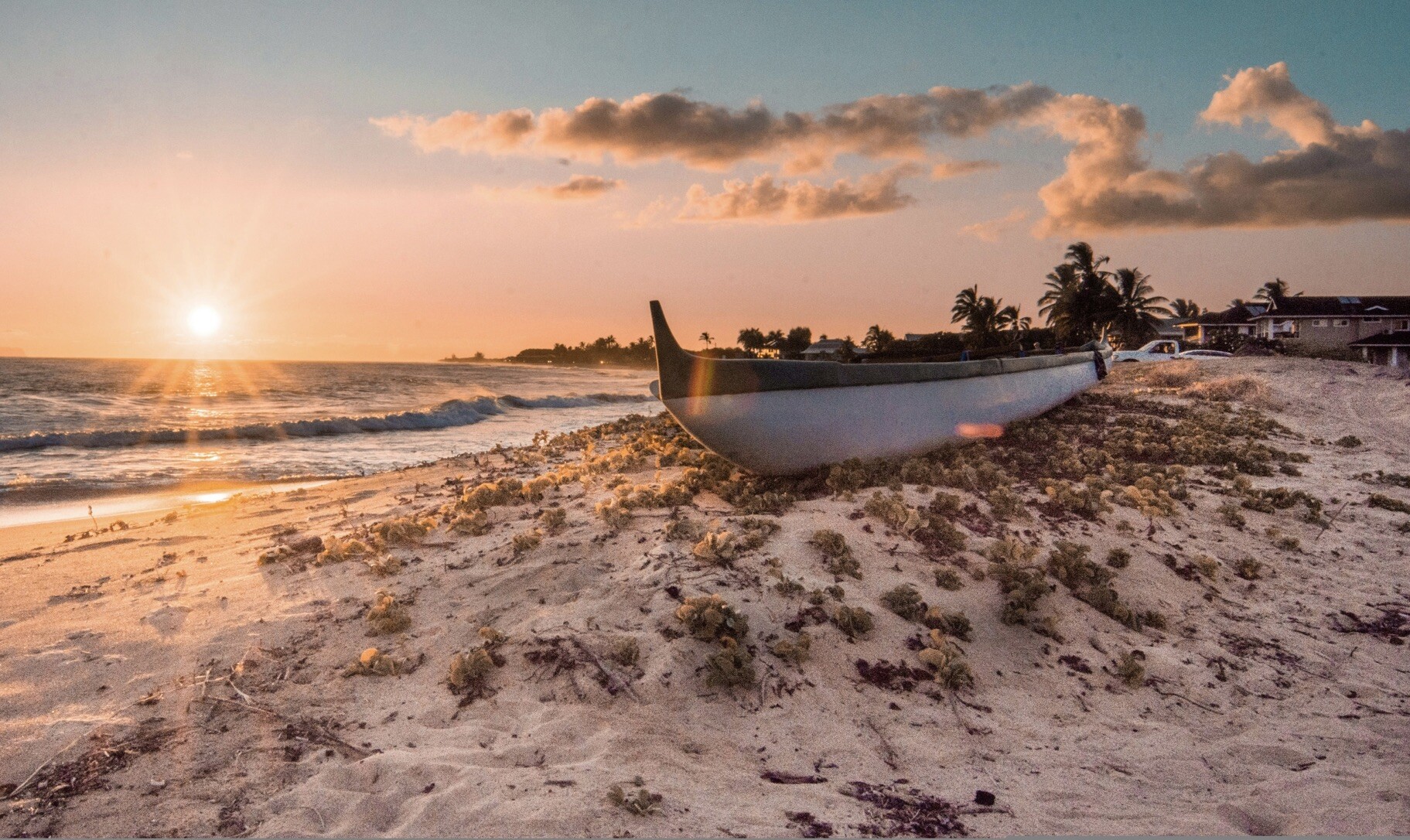
Tips For Taking Your Travel Photography To The Next Level
A passionate travel photographer will often seek out exclusive viewpoints and angles trying out countless tweaks with the goal of getting the shot that counts. Most travel photographers take their photos in a way that narrates the story of their journey and the destination. With the ability to easily resize images, they can seamlessly integrate captivating visuals into their storytelling, inviting the audience to immerse themselves in the experience and fall in love with the chosen destination. The primary aim of most travel photographers is to make the audience feel as though they too are visiting and falling in love with their chosen destination.
If you are into travel photography and are looking to upgrade your skills to take your passion to a new level, I hope these tips will help you on your way. Feel free to use these tips as a guide to experiment and develop your skills on your next photo focus travel trip!

Learn About Your Equipment
Before leaving home make sure you are as clued up as possible about your kit and equipment. The more familiar you are with your kit the better your response will be to varying lights, speeds and movement. Make sure you get plenty of practise in at home.
If you’re investing in a new camera think about trying out a mirrorless camera of DSLR for user friendly, high impact results. Set aside some time to work through your instructions, perhaps also watching how to clips on YouTube and Instagram if you’re more of a visual learner. Experiment with the various settings your camera has to offer, the more your take in before your leave home the better your response will be once away. After some practice time with your equipment, you will get used to it and be able to use it to get that perfect shot without wasting time.
In the moment you need to be able to respond quickly to the changing dynamics of nature so try to be aware of the various equipment you will be using to support your photography needs – different lenses, tripods and flash levels can all really impact the final image. Know the limitations of your camera in different lighting conditions – hen do you need a flash? When is it better to use natural lighting? The more you experiment the quicker your responses will be.
Some Planning is Always Required
Make sure you do your homework before reaching your destination. Check the best times of the day and evening for taking the right shots. Are there any seasonal highlights like blossoms, festivals or weather phenomenon’s? It might be better to visit some places in the autumn, as they offer autumnal colour displays. Other places might offer epic snowfall backdrops or even the Northern Lights.
Try to take into account not just the season but also the time of day. Some locations have the most breath-taking sunrises and sunsets. If you want to get some totally unique shots, you will need to think outside of the box. Move around, try things, then try something else. Don’t delete anything in the moment. You’ll see things differently once you’re at home in your editing space.
Plan your shots well before you reach your shoot location. Search for pictures in social media and magazines to see how others have captured the essence of the city. Once you’ve done your research add your own personal twist to shoots that show a place at its best.

Learn About Golden and Blue Hours
Lightning is such an important element in outdoor pictures. This is especially true in travel photography, where the aim is to capture nature at its absolute finest. If you’re an experienced photographer, you’ll be aware of the two most important times of the day to take images: the golden and the blue hours. You can make the most of these two times in a day by getting up early and staying late to take photos.
The golden hour is the time just after the sunrise and before the sunset. During these hours, the sun throws enchanting and warm light across nature. Blue hours occur before sunrise and sunset. During these hours, the sun is below the horizon and sparkles with a blue hue. Even though these are well known standards for photographing natural landscapes, that doesn’t mean that you can’t take great shots at other times of the day. You can click the best shots at any time of day but a bit of golden (or blue) magic often helps you on your way.
The Role of Depth of Field in Photography
An important skill in photography is understanding the depth of the field. When we talk about depth of field, it means the range of distances that looks clean and sharp in a picture. When you know how to set the deposit of field, you can focus better on the primary object and give the picture a feel of depth and dimension. For your convenience, here is depth of field photography guide. Once you’ve have mastered the technique of depth of field in photography, you can take better shots of natural landscapes, scenes, urban settings, and portraits.

Record Local Culture
When you’re exploring a new country, city, or culture it’s always a joy to capture the locals, their culture, and their lifestyle. Explore aspects of life off the beaten track. Speak to locals to get a true sense of life rather than what’s just on show for the tourists. The more you engage the more you’ll learn about traditions and customs allowing you to photograph a place from a truly unique perspective.
Consider planning your trip around specific times of the year when locals celebrate a festival. Don’t just take pictures from a distance with your camera; interact with the celebrations getting to know traditions and customs first hand. Explore costumes, daily routines, architecture, rituals, cultural activities, communities, and cuisines. Things that may seem obsolete in the moment can make the most exquisite focus piece highlighting local culture and way of life.
Understand the Rule of Thirds
The rule of thirds is a photography concept whereby you divide your image into nine different squares. You then place your objects and point of focus along those lines to create exclusive and well-balanced pictures. This concept is a simple idea of what our mind naturally perceives as pleasing and balanced. It’s well worth practicing this skill, especially when editing to highlight your subject or to balance landscape scenes.
Learn to be Patient
The most important tip that I can give you is that the best travel picture happens in a moment. It will take a few seconds to capture the photo you’re so desperately seeking. To get that perfect picture, you don’t just need planning but also patience. Capturing the best shots of your travels requires a mix of many things: technical efficiency; creative vision; patience and sometimes just a little bit of luck. Get out there and see what the world has to offer!






